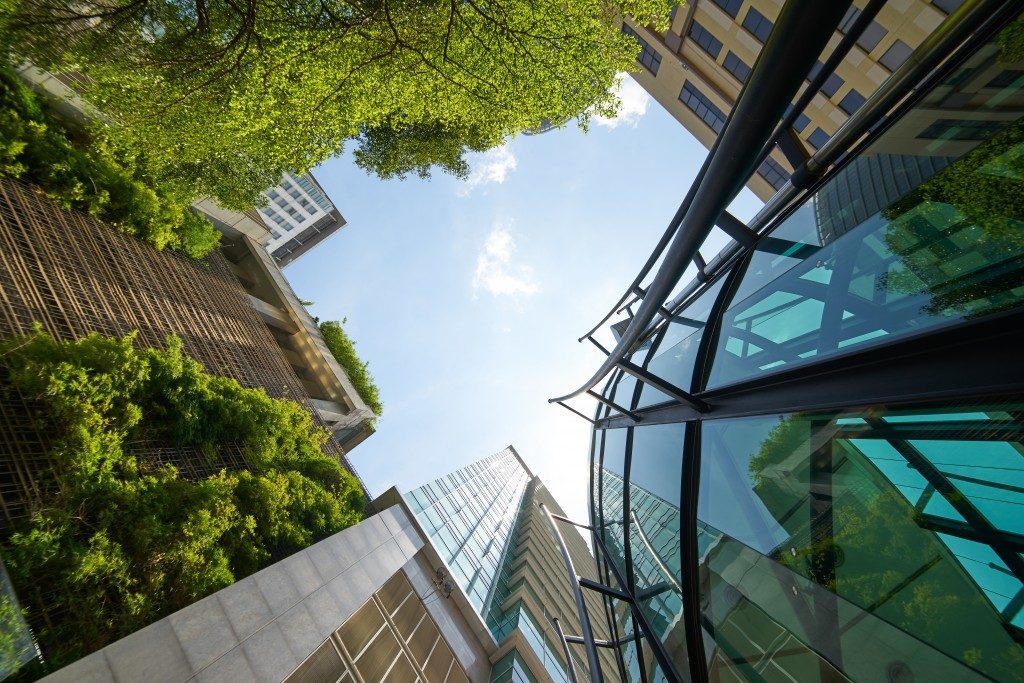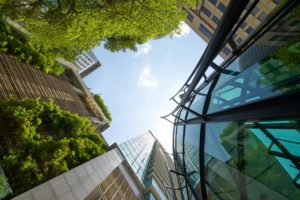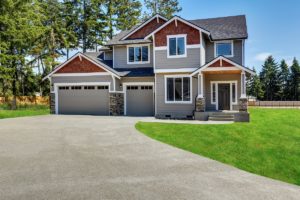The New Zealand Building Council has climate change in mind as it enacted stricter building codes that seek to eliminate the use of gas and coal in new buildings as well as retrofit older buildings to meet the code. The council will continue toughening up the code as it sees problems and but you can get ahead of them by making your building as green as can be.
Smart Glass Windows
Windows that can change from clear to opaque allows buildings to harness natural light during early mornings and cut it off when noontime comes. Smart glass windows can change their appearance and properties with a touch of a button, giving a building more control over temperature and lighting. Sunlight can be let in to warm things up or kept out to keep temperatures cool.
Greywater Systems
New Zealand’s waterways are in terrible shape — and not just because of dairy farms. A significant amount of pollutants that reach rivers and lakes come from urban centers — runoffs from residential, commercial, and industrial properties. Greywater systems are essential for buildings that make use of water, especially those with several shower cubicles like schools or gyms. A single shower can consume more than 50 liters of water, and a separate facility can use hundreds or even thousands of liters in just a single hour. Greywater systems store and reuse that water for use in flushing, cutting runoffs by almost half.
Solar Panels

Integrating solar panels into a building is more a problem of design than cost. Any large corporation can afford no put up solar panels, especially as they are now less expensive and more efficient. Commercial electricity is priced higher than residential, making solar panels even more attractive to corporations. They practically pay for themselves in less than ten years, and they can function efficiently for 25-35 years. Solar panels can be placed on a building’s rooftop or even integrated into its windows.
Integrated Monitoring Systems
Green buildings can be made even greener with integrated monitoring systems that can continuously keep track of a building’s room temperatures, energy usage, and the number of people inside a particular room. These systems can be hooked up to heating and cooling systems, allowing more efficient energy use. Aside from reducing energy costs, integrated monitoring systems also give constant updates on equipment performance, which would significantly reduce maintenance costs.
Green Walls
Green walls/living walls/vertical gardens have been proven to reduce air pollution in their immediate surroundings by 10-20 percent. They also regulate temperatures inside and outside of a building by up to 10 degrees (Celsius). Levels of noise pollution are also significantly reduced as the greenery absorbs noises, softening ambient noise by 10 decibels. Green walls require growing mediums and integrated water delivery systems, making them more appropriate for new buildings instead of existing ones.
There is no quick solution to climate change. Everyone must do their part, especially the wealthy corporations. Greener buildings are a step towards the right direction and a testament that a corporation puts the planet ahead of profit.



















